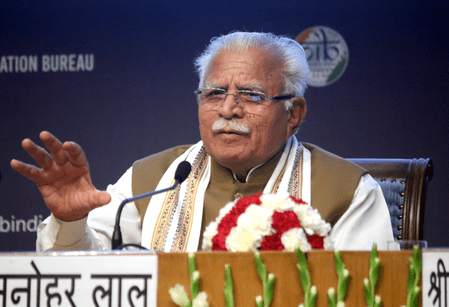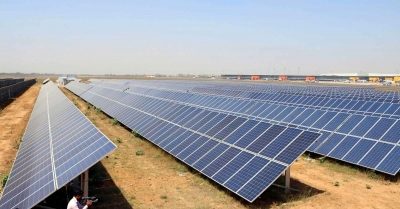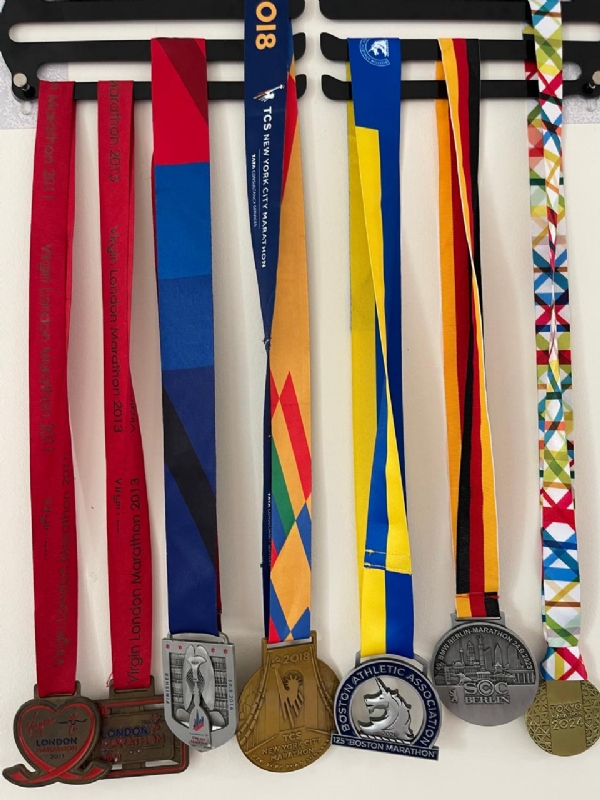
Nagpur, 10 May (HS): In
a major boost to India’s electric mobility ecosystem, Visvesvaraya National
Institute of Technology (VNIT), Nagpur, and the Centre for Development of
Advanced Computing (C-DAC), Thiruvananthapuram, have jointly developed the
country’s first indigenously built wireless Electric Vehicle (EV) charger. The
innovation is part of the Ministry of Electronics and Information Technology’s
(MeitY) flagship National Mission on Power Electronics Technology (NaMPET).
The 1.5 kW charger
can wirelessly charge up to 90% of a 4.8 kWh battery within three hours using a
standard 230V, 50Hz AC power supply. It achieves contactless power transfer
with an efficiency of 89.4% even at a coil separation of 12.5 cm, thanks to its
use of high-frequency Silicon Carbide-based MOSFETs operating at 88 kHz. The
system also features built-in safety protections against short-circuits and
open circuits.
MeitY
Secretary S. Krishnan praised the development as a landmark achievement in the
nation’s push for EV self-reliance. “Such indigenous innovations are crucial to
making EV adoption more accessible across India and advancing the goals of Make
in India and Atmanirbhar Bharat,” he said.
The technology
has been licensed to Global Business Solution Pvt. Ltd. for commercial
manufacturing, signaling its entry into the EV charging market. With more than
4.5 million EVs on Indian roads, the launch of this homegrown wireless charger
is expected to ease charging infrastructure constraints and provide users with
a more convenient, cable-free experience.
Uday Narang,
Founder of Omega Seiki Pvt. Ltd., hailed the project as a “transformative
milestone” for India’s clean mobility ambitions. He emphasized that the ability
to wirelessly charge EVs in just three hours showcases the potential of Indian
engineering to lead in sustainable technology development.
The wireless charger is one of several power electronics projects supported by
MeitY, including indigenous propulsion systems for electric locomotives and
low-voltage DC power distribution systems aimed at improving energy efficiency.
—————
Hindusthan Samachar / Ajay Vasant Mardikar




